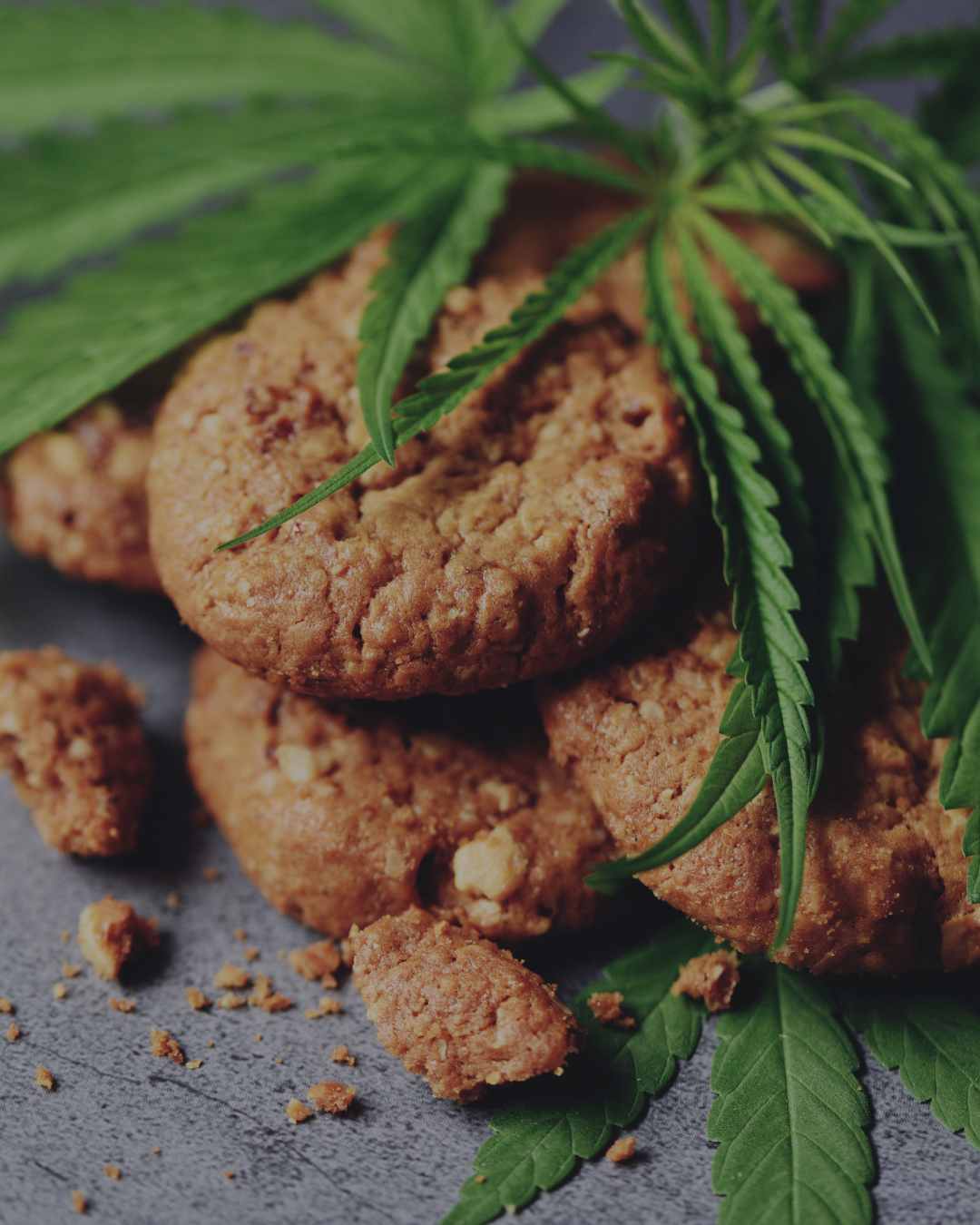Three Tips for Cooking With Cannabis
Three Tips for Cooking with Cannabis: Maximizing Potency and Flavor
Cooking with cannabis can elevate your culinary creations, unlocking a world of unique flavors and benefits. However, achieving the desired potency and taste requires specific techniques to preserve cannabinoids like THC and CBD, which are sensitive to heat. Here are three essential tips to help you cook with cannabis more effectively, ensuring that each dish captures the full potential of this remarkable plant.
1. Avoid High Heat Exposure to Preserve Cannabinoids
One of the most important aspects of cooking with cannabis is controlling the temperature. Cannabinoids, the compounds responsible for cannabis’s effects, are delicate and can easily degrade at high temperatures. When exposed to excessive heat, cannabinoids break down, diminishing potency and potentially altering the flavor.
To avoid this, keep cooking temperatures below 350°F (177°C). If you’re baking or sautéing, monitor the heat and keep it at a lower setting. This helps protect the cannabinoids, allowing them to retain their full effect. When baking, consider using recipes that call for longer cooking times at lower temperatures to keep those essential compounds intact.
During the decarboxylation process you want to keep your temperature much lower, ideally around 240°F for 30-45 minutes or longer decarb time with slightly lower temperature.
2. Add Cannabutter or Cannaoil Towards the End of Cooking
Adding your cannabis-infused butter or oil at the end of cooking is another effective strategy to avoid prolonged exposure to heat. Cannabinoids can evaporate or degrade if left over high temperatures for extended periods, which reduces the potency of your final dish.
If you’re making a sauce, soup, or stew, add your cannabutter or cannaoil after most of the cooking is complete, ideally in the last five to ten minutes. By incorporating it just before serving, you minimize the chance of cannabinoid loss. For baked goods, fold cannabutter into your batter only after it has cooled slightly from mixing in other ingredients, or brush a bit of cannaoil on top of your dish before serving for a flavor-enhanced finish.
3. Pair Cannabis with High-Fat Ingredients for Better Absorption and Potency
Cannabinoids are fat-soluble, meaning they bind well with fats, which helps the body absorb them more effectively. Cooking cannabis with ingredients like butter, coconut oil, cream, or avocado maximizes the plant’s effects by enhancing absorption. The added fats also contribute to a richer, more satisfying taste and texture in your dish.
For example, using cannabutter in a creamy pasta sauce or incorporating cannaoil in a rich, chocolate dessert pairs the cannabis with fats that boost its bioavailability. This technique enhances the potency and ensures that the effects are not just felt more strongly but also last longer.
As the cannabis industry grows, professionals with a comprehensive understanding of both the product and the industry are in high demand. Our Dispensary Agent Certification program goes beyond simple recipes. It dives into the science of cannabis and how various methods, including edibles, impact the body differently. If you’re interested in learning more about cannabis terpenes, their aromas, and therapeutic benefits, Drew Hull from True Terpenes does a much deeper dive in our Dispensary Agent Certification course.
Final Thoughts
Mastering the art of cooking with cannabis requires some care and attention to detail, but the results are worth the effort. By keeping heat levels low, timing your infusions well, and pairing with high-fat ingredients, you’ll create dishes that highlight the unique flavors and benefits of cannabis. Whether you’re a novice or a seasoned chef, these tips will help you serve up delicious, potent meals that showcase the best of cannabis. Happy cooking!

